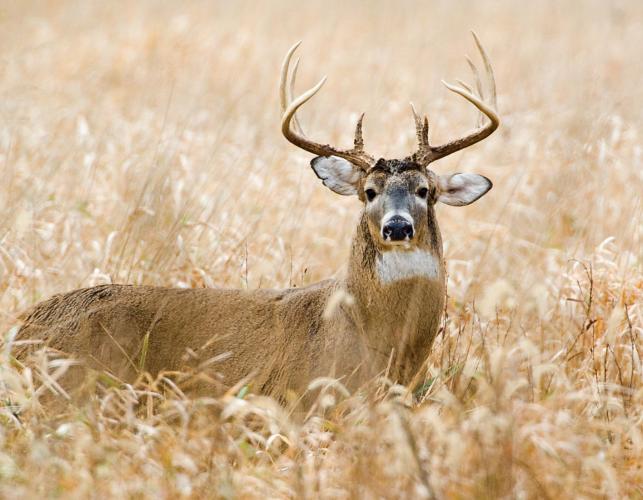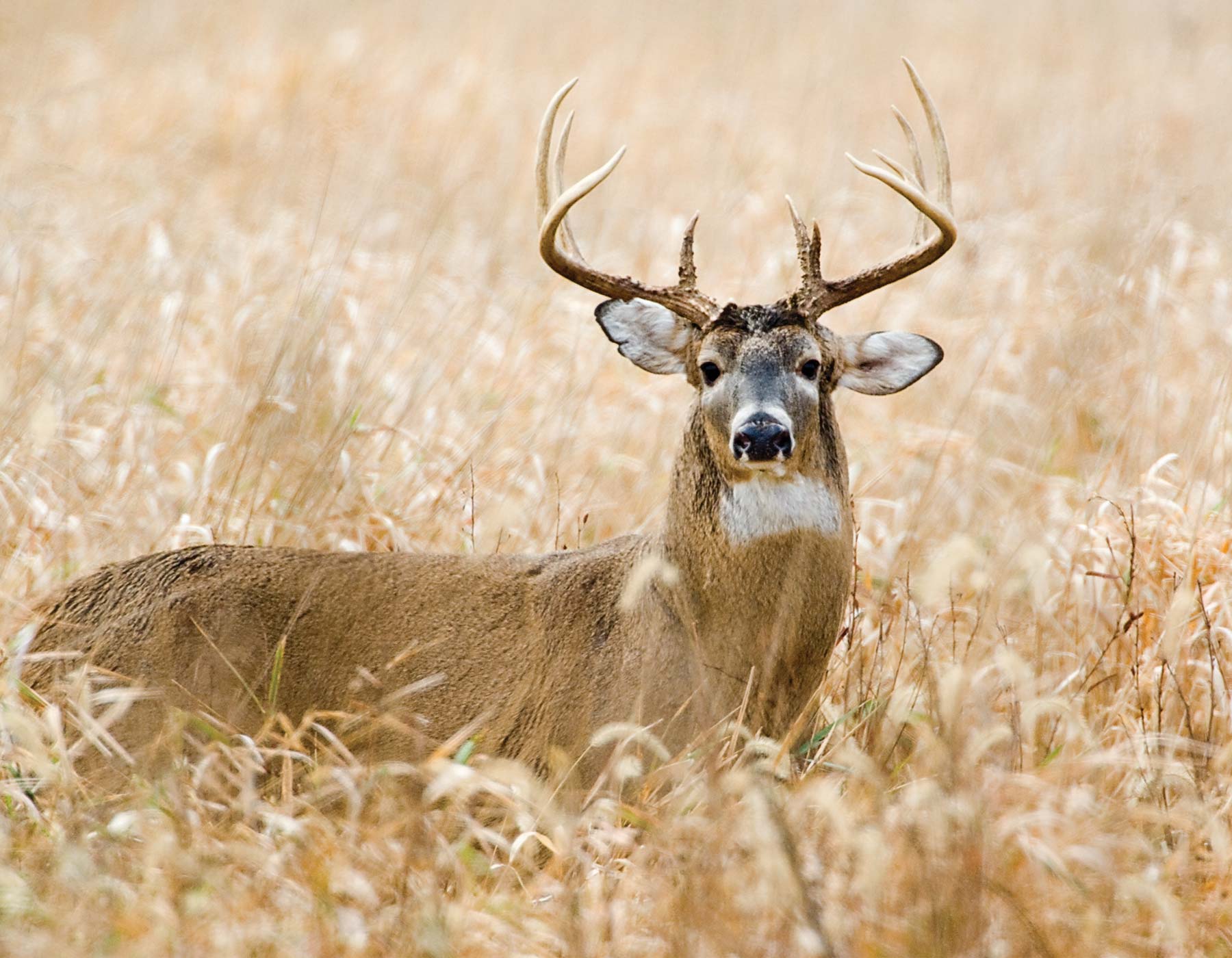
Xplor reconnects kids to nature and helps them find adventure in their own backyard. Free to residents of Missouri.


































Stay in Touch with MDC news, newsletters, events, and manage your subscription

Xplor reconnects kids to nature and helps them find adventure in their own backyard. Free to residents of Missouri.

A monthly publication about conservation in Missouri. Started in 1938, the printed magazine is free to residents of Missouri.


JEFFERSON CITY, Mo. — The Missouri Department of Conservation (MDC) is working with hunters, taxidermy shops and deer processors to collect tissue samples from adult deer harvested during the fall archery and firearms deer seasons. The cooperative effort is part of MDC’s ongoing work to monitor the prevalence and distribution of chronic wasting disease (CWD) in Missouri’s free-ranging deer. CWD has been found in free-ranging deer in Macon County. The sampling effort is taking place until Jan. 15. It is limited to deer harvested in MDC’s CWD Containment Zone of Adair, Chariton, Linn, Macon, Randolph and Sullivan counties.
Hunters are encouraged to take their harvested deer to one of numerous cooperating locations in the region. Removing a tissue sample is free, takes only a few minutes and will not reduce the food or mount value of harvested deer. Test results for participating hunters will be posted on the MDC website beginning in December.
A list of cooperating taxidermy and processing locations can be found in MDC’s “2012 Fall Deer & Turkey Hunting Regulations and Information” booklet available at MDC offices, from permit vendors and online at mdc.mo.gov.
MDC will also collect additional samples from across north Missouri as part of its ongoing statewide CWD surveillance effort. With the help of hunters, MDC has tested more than 35,000 free-ranging deer for CWD from all parts of the state since 2002.
According to the Missouri Department of Health and Senior Services (MDHSS), there is no evidence that CWD can infect people. According to the Missouri Department of Agriculture, there is no evidence from existing research that CWD can spread to domestic livestock, such as sheep or cattle.
Chronic Wasting Disease is a fatal disease that attacks the nervous systems of cervids, such as white-tailed, mule and other types of deer. It is transmitted by animal-to-animal contact or soil-to-animal contact. It can spread through activities that unnaturally concentrate animals, the natural movement and dispersal of infected free-ranging deer, the transportation of live captive deer with CWD or the transportation and improper disposal of infected carcasses.
CWD is caused by misshapen proteins called prions. These prions concentrate in the brain, spinal cord, eyes, spleen and lymph nodes of infected cervids. The prions can enter the environment through carcasses of diseased deer and can infect deer in the area for years. Moving harvested deer that still have these parts from the Containment Zone could introduce CWD to other parts of Missouri.
MDC also asks hunters who harvest deer in the six-county CWD Containment Zone not to take whole deer carcasses or carcass parts out of the area. Items safe to transport are: meat that is cut and wrapped, meat that has been boned out, quarters or other portions of meat with no part of the spinal column or head attached, hides or capes from which all excess tissue has been removed, antlers, antlers attached to skull plates or skulls cleaned of all muscle and brain tissue and finished taxidermy products.
Hunters who harvest deer, elk or moose out of state and bring the animal into Missouri with spinal column or head attached must report the animal’s entry to MDC within 24 hours by calling toll free 877-853-5665. The carcass must be taken to a licensed meat processor or taxidermist within 72 hours of entry.
Hunters throughout the state who encounter or harvest deer in poor condition with no obvious injuries should contact their local conservation agent or MDC office. Local MDC contacts can be found online at mdc.mo.gov.
In another effort to slow the spread of CWD, the Missouri Conservation Commission has rescinded the antler-point restriction (four-point rule) in the CWD Containment Zone. Yearling and adult male deer have been found to exhibit CWD at higher rates than female deer. The dispersal of yearling males to new areas in search of territory and mates is one way CWD spreads.
The Conservation Commission also approved a regulation change that restricts activities that are likely to unnaturally concentrate white-tailed deer and promote the spread of CWD. The regulation became effective Oct. 30. It bans the placement of grain, salt products, minerals and other consumable natural or manufactured products in the CWD Containment Zone, The regulation includes exceptions for backyard feeding of wildlife and normal agricultural, forest management, crop and wildlife food production practices.
According to MDC, Missouri has more than 507,000 deer hunters who spend about $690 million in the state each year on deer hunting and related activities. This has an overall economic impact of $1.1 billion in Missouri each year and supports almost 12,000 jobs.